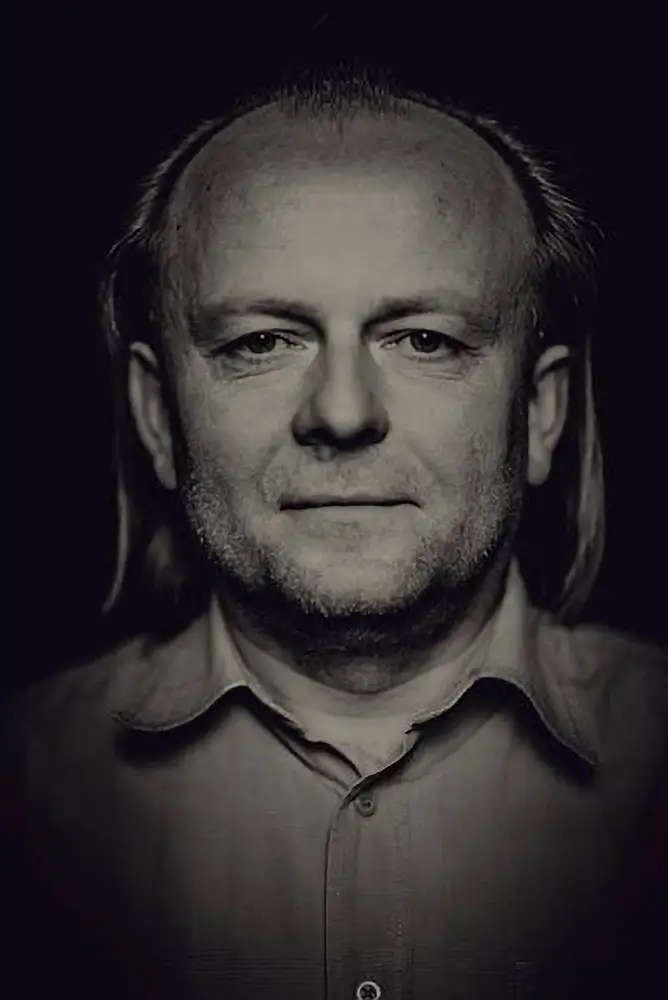Arkadiusz Kubisiak is an independent documentary and portrait
photographer. He studied photography at the European Academy of
Photography in Warsaw. He participated in numerous workshops, like
Transmission pour l’Image in Perpignan, France. He is a member of the
Association of Polish Art Photographers in Warsaw, Poland.
His work won several awards, for instance, PX3, Prix De La Photographie
Paris, Grand Press Photo, National Geographic Poland Photography
Competition, SIPA Competition, Tokyo International Foto Award, BZ WBK
Press Foto, Honorable Mention at International Photography Award. The
work was shown in The Art of Photography Show in The USA, NEY Gallery
in Warsaw, Masovian Center of Contemporary Art, Poland, and Warsaw
Festival for Photographic Arts, Poland.
Arkadiusz published his work in The Eye of Photography Magazine, Paris,
France, Black & White Magazine, USA, Silvershotz Magazine in Australia,
National Geographic Poland, Digital Camera Poland, Edge of Humanity in
The USA in Duży Format, and anywhere.pl, Live & Travel, Plus-Minus,
Rzeczpospolita, Poland and in books: Punished Town, Passing Shadows,
and group work Poland and its People, published by Press.
Arkadiusz works mostly on long-term projects dealing with social issues.
